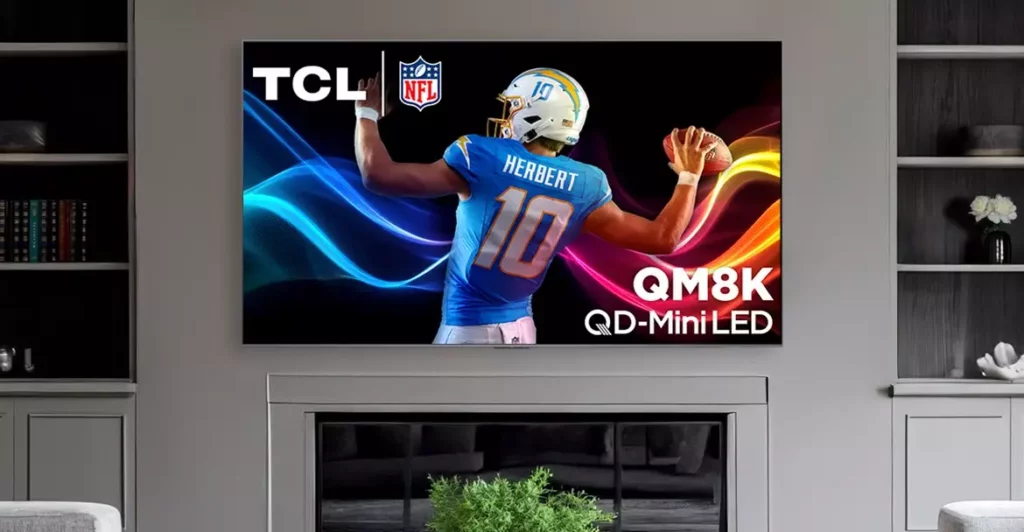In the modern quest for cutthroat home entertainment dominance, many consumers fall prey to the allure of gigantism—believing that bigger screens automatically translate to better experiences. The recent obsession with enormous TVs, such as 85-inch models, often overshadows the actual quality and practicality of these devices. Larger screens may seem impressive at first glance, but they frequently serve as status symbols rather than functional upgrades. When you prioritize size over clarity, resolution, or ambient compatibility, you risk turning your living space into a cluttered spectacle. Many consumers are seduced into believing that more inches mean more immersion, but in reality, the quest for grandeur can compromise comfort, viewing angles, and long-term satisfaction.
Bloating the Home, Shrinking the Experience
Big screens tend to dominate a room, often to the point of discomfort. With an 85-inch TV looming overhead, viewers are required to sit uncomfortably close or adopt awkward angles just to make the image feel “natural.” This obsession with sheer size disregards the importance of spatial harmony and the human tendency to seek comfort. An oversized television becomes less of an immersive enhancement and more of a physical barrier, creating a feeling of intrusion rather than integration within the living space. The emphasis on size distracts from genuine picture quality, contrast, and color fidelity—elements that truly determine the quality of a viewing experience.
The False Promise of Technology Superiority
Market leaders push highly inflated specs on colossal models, citing peak luminance values like 3,400 nits—numbers that often sound impressive but are largely meaningless without context. These figures serve as marketing smoke screens, obscuring the fact that such brightness levels are only beneficial in specific scenarios, chiefly brightly lit environments. Most consumers are unaware that intense luminance doesn’t inherently equate to better image quality. Instead, it can create clash, glare, and reflections that make the viewing experience more exhausting. The supposed technological superiority of large, bright TVs often masks their lack of nuanced image processing and color accuracy, which are more critical for an authentic viewing experience.
The Pitfall of Focused Innovation for the Masses
While large screens like TCL’s QM8K boast advanced features—mini-LED backlighting, expanded viewing angles, and high peak brightness—these benefits often cater to a narrow segment of enthusiasts who prioritize technical specs over real-world usability. The focus on pixel-perfect contrast or impressive luminance can blind consumers to the practical drawbacks: room size constraints, higher energy consumption, and the inability to fit such giant devices into more modest spaces. Moreover, the premium features are often marketed as essential upgrades but are actually luxuries that can be difficult to justify economically, especially when such a size isn’t necessary for the average viewer.
Economic and Environmental Concerns of Oversized Devices
An oversized TV is not just a visual or comfort issue—it’s also a financial and ecological burden. These behemoths require a significant investment, and the cost often far exceeds their tangible benefits. Plus, larger screens demand more electricity, increasing the carbon footprint for environmentally conscious consumers. Given the escalating energy crisis and ongoing climate concerns, widespread adoption of such large-scale electronics seems shortsighted and even irresponsible. Furthermore, the rapid pace of technological advancement means these giant devices risk becoming outdated quickly, turning into expensive peripherals rather than lasting entertainment upgrades.
Judging the Real Value of Size in Home Entertainment
It’s time to challenge the misconception that size equals quality. True immersiveness comes from well-balanced picture quality, appropriate room lighting, and a comfortable viewing environment—not from the sheer scale of the screen. For those of us with a pragmatic, center-right perspective, investing in a modestly sized, high-quality device makes more sense than chasing the illusion of grandeur. The real innovation isn’t in larger screens but in smarter viewing experiences—ones that respect the space and needs of the user. The eye-opener is that a balanced, carefully selected television can deliver far more satisfaction than an overwhelming, unwieldy giant that dominates your living space but diminishes the overall experience.









Leave a Reply